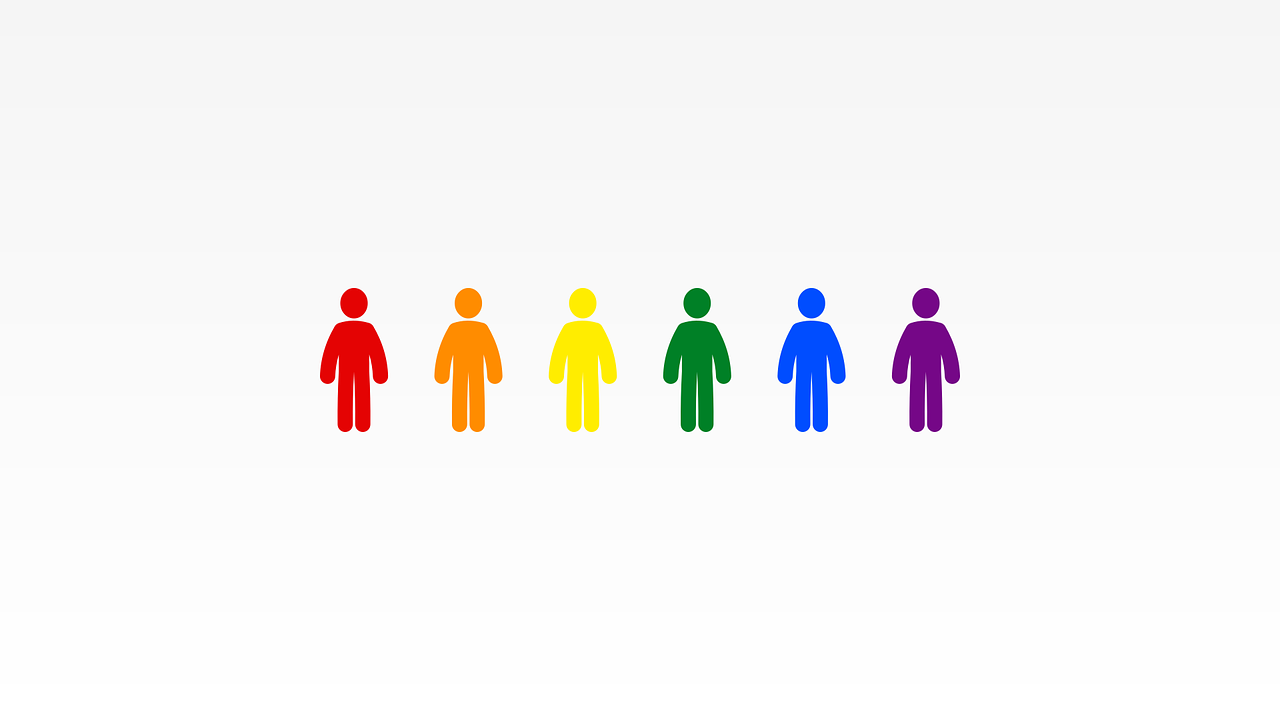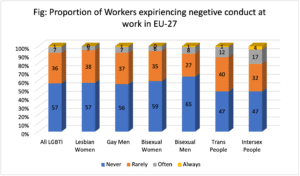Category: Blogs
Embracing Diversity: Coca-Cola Great Britain’s Commitment to Supporting the LGBTQ+ Community
20-06-2023
Coca-Cola Great Britain has established a long-standing tradition of wholeheartedly supporting the LGBTQ+ community, leveraging its brands and forging partnerships to create meaningful impact. In line with this unwavering dedication, the company is thrilled to announce its official sponsorship of two prominent Pride events: Pride in London 2023 and Brighton Pride 2023. With a prominent presence at both celebrations, Coca-Cola Great Britain will take center stage with a captivating branded truck, serving as both a float and performance stage for talented LGBTQ+ ‘Breakthrough’ Coke Studio artists. Over 100 passionate Coca-Cola employees will join the festivities, uniting with other organizations and community groups to share extraordinary experiences of joy, inclusivity, and celebration.
The sponsorship of Pride in London and Brighton Pride underscores Coca-Cola Great Britain’s continued commitment to championing LGBTQ+ pride and fostering an environment of acceptance and support. By aligning itself with these monumental events, the company aims to amplify the voices and stories of the LGBTQ+ community, promoting visibility, equality, and love. Coca-Cola Great Britain remains dedicated to creating a more inclusive society, where diversity is celebrated, and everyone can feel seen, valued, and embraced for who they are.
Mark your calendars for an extraordinary display of support and refreshment as Coca-Cola Great Britain gears up for Pride in London on July 1, 2023, and Brighton Pride from August 5 to 6, 2023. Following the vibrant parade in London, Coca-Cola will be stationed at Trafalgar Square, ready to quench the thirst of partygoers with ice-cold Coca-Cola Zero Sugar. In Brighton, the excitement reaches its peak as Coca-Cola stages the full Coke Studio Music experience as part of the FABULOSO fundraiser in Preston Park, immersing festivalgoers in the world of Coke Studio and offering exciting opportunities to win prizes.
As the official partner for Pride in London and Brighton Pride, Coca-Cola Great Britain’s commitment to supporting the LGBTQ+ community extends beyond these two notable events. The company continues to collaborate with local organizations that champion LGBTQ+ rights and well-being across Great Britain and Europe. This includes an ongoing partnership with the Gay & Lesbian Victory Fund, dedicated efforts with The Trevor Project, and steadfast support for Stonewall, a longstanding advocate for LGBTQ+ equality.
Not confined to national borders, Coca-Cola Great Britain embraces a global perspective of inclusion, diversity, and optimism. In line with this commitment, the company proudly supports EuroPride 2023 in Malta, building upon the success of its partnership with EuroPride 2022 in Belgrade, as well as previous collaborations with Copenhagen 2021 and WorldPride. Through these endeavors, Coca-Cola Great Britain spreads a powerful message of acceptance and unity on an international scale, fostering a world where diversity is celebrated and cherished.








